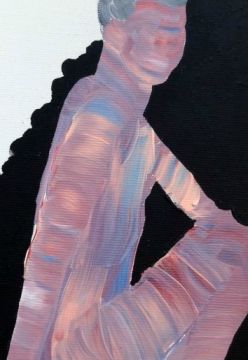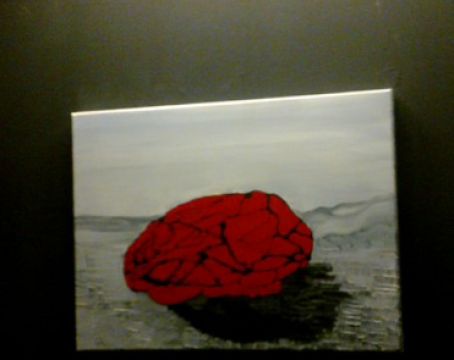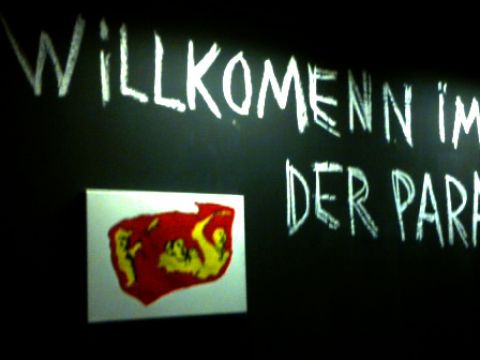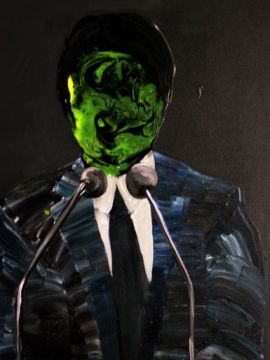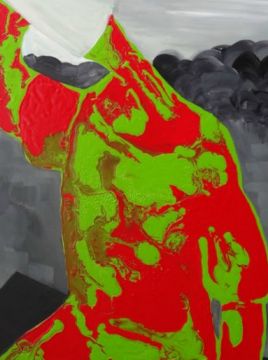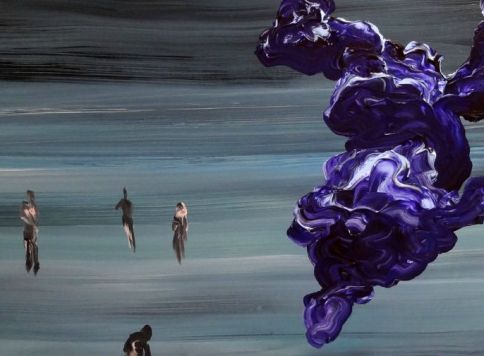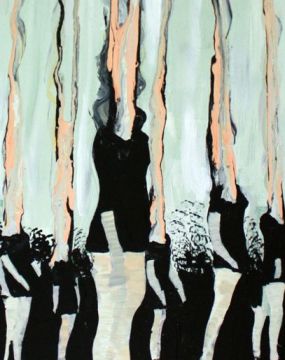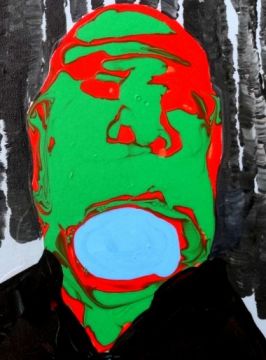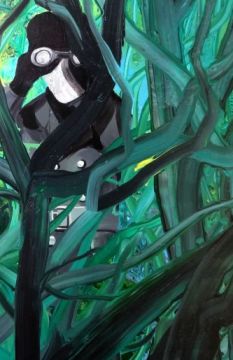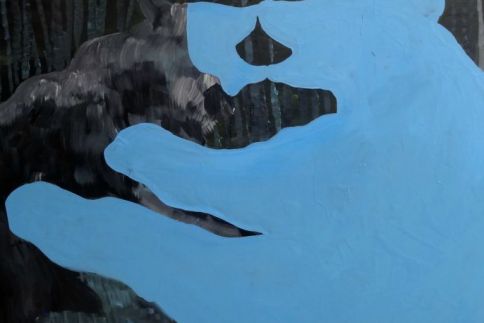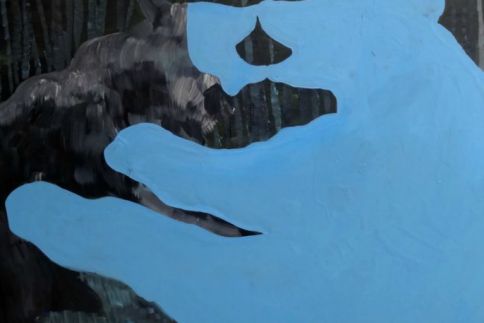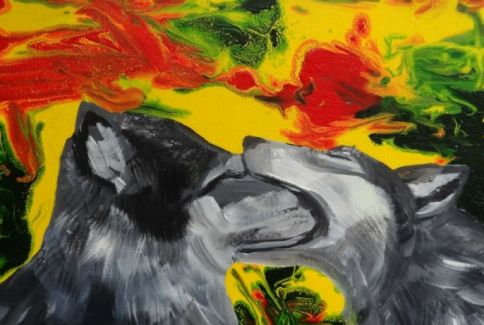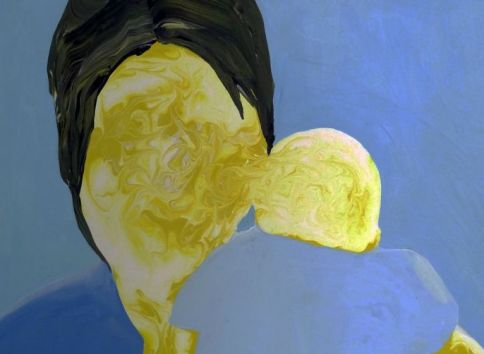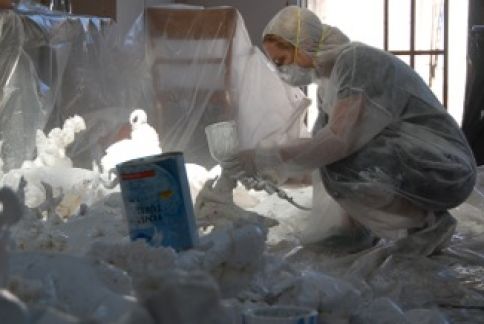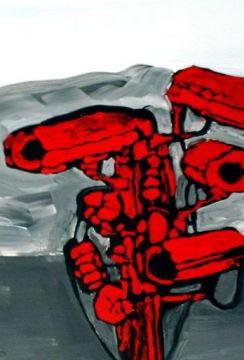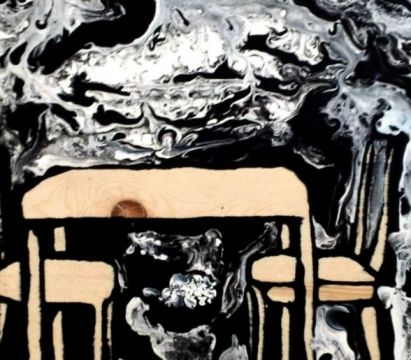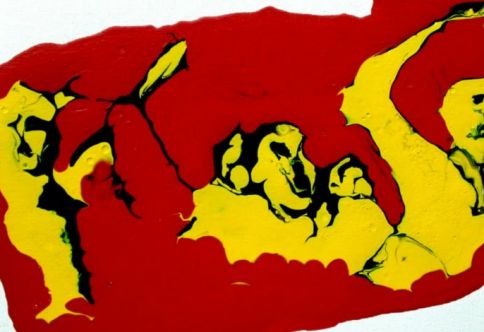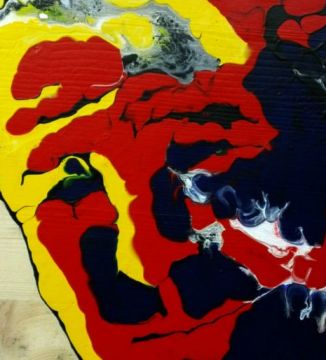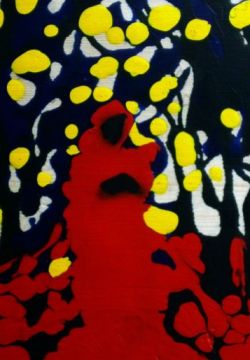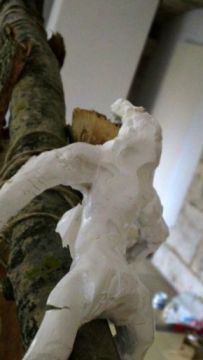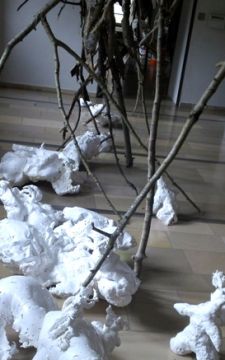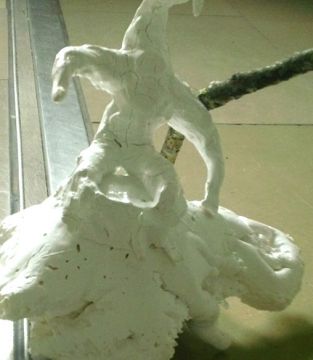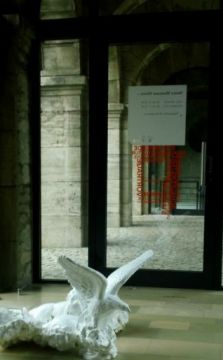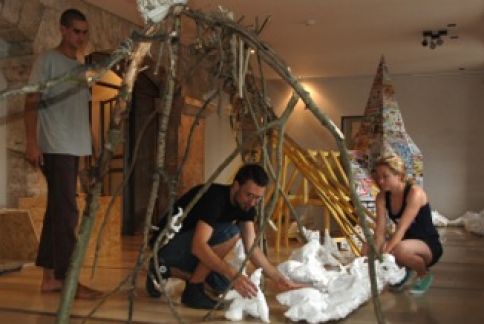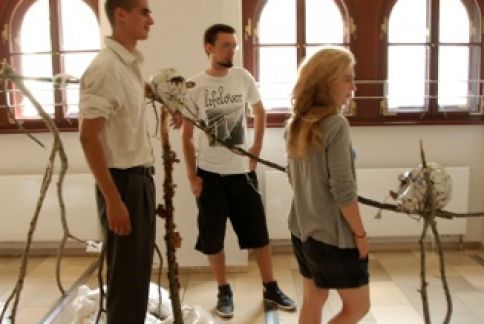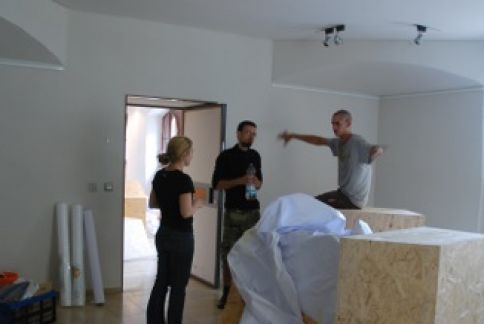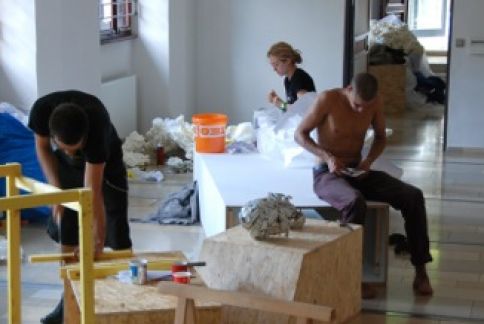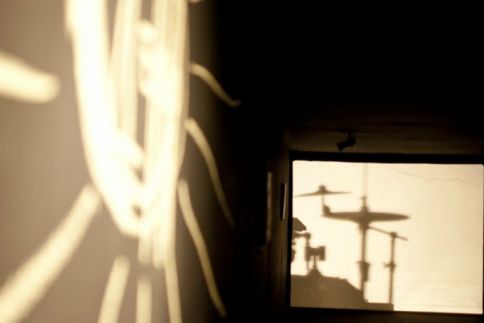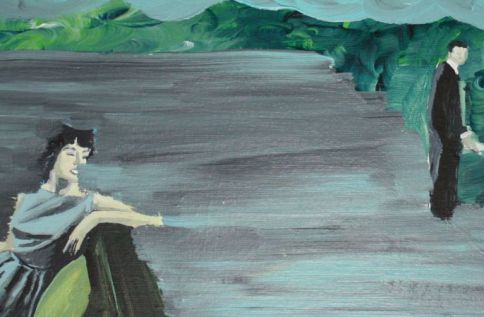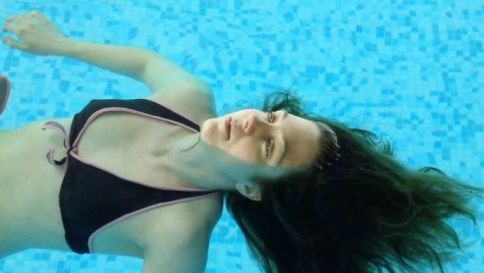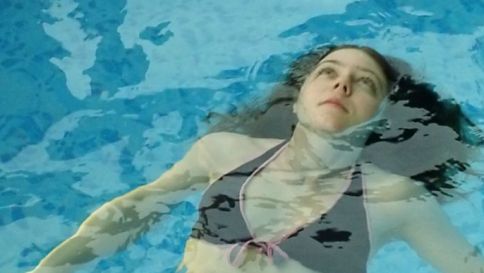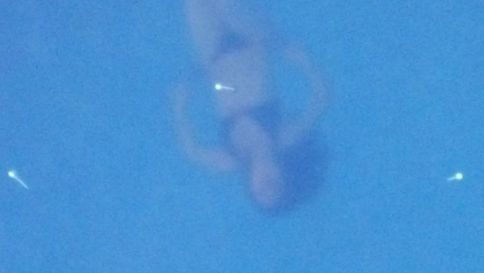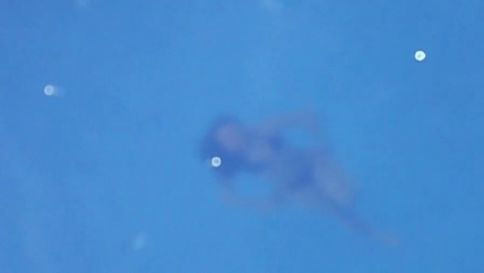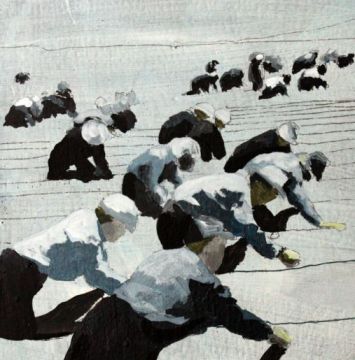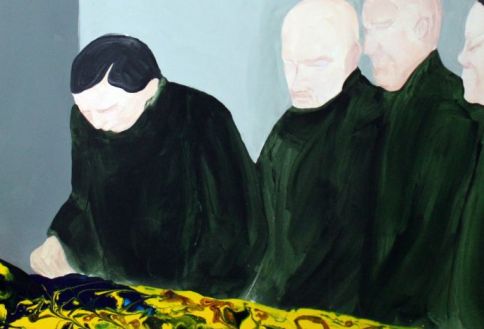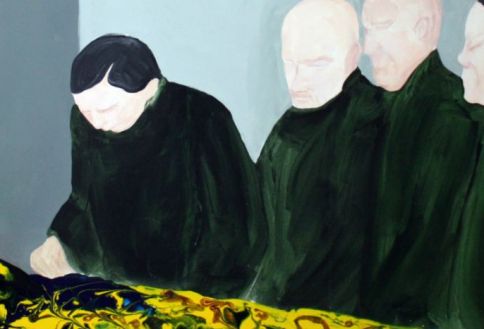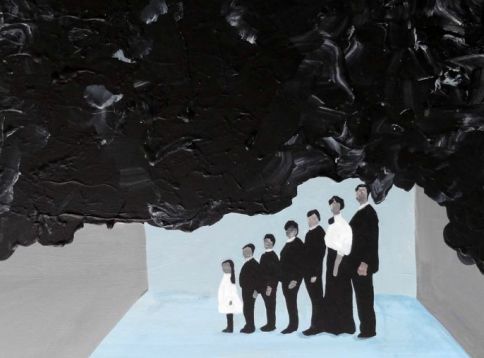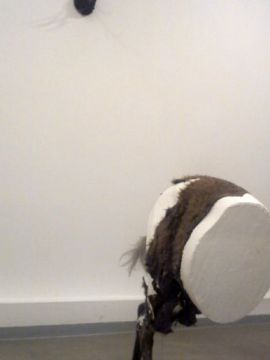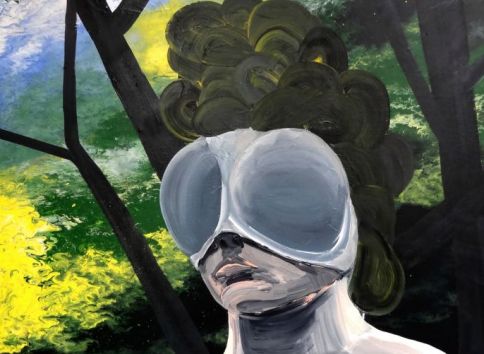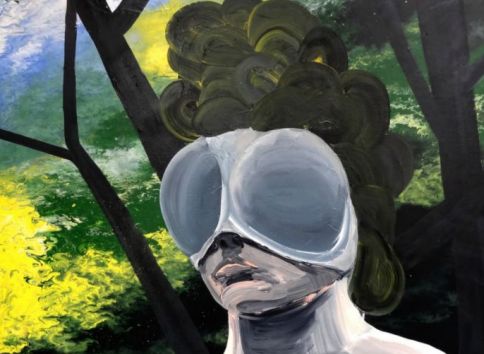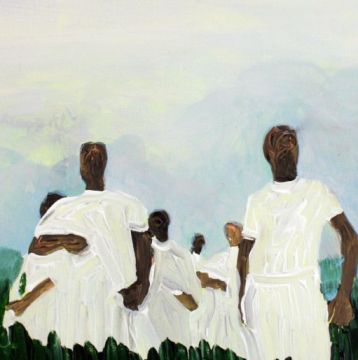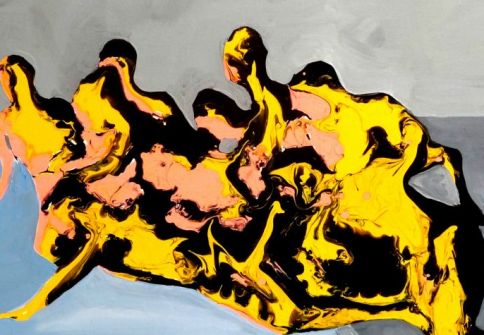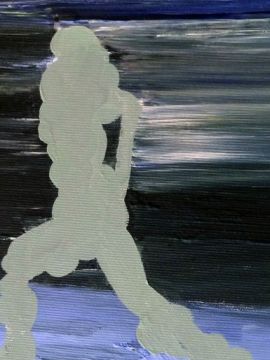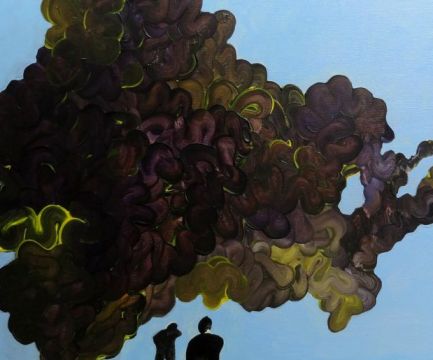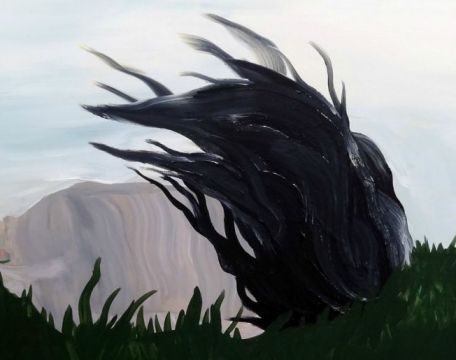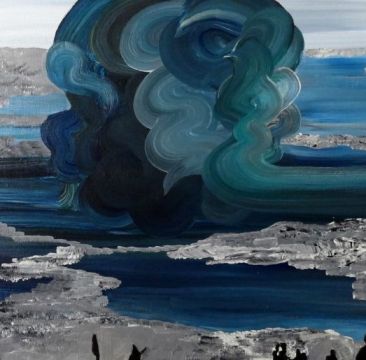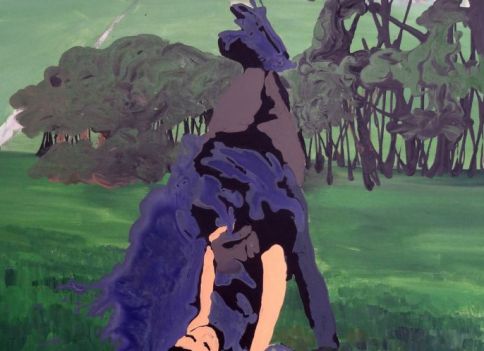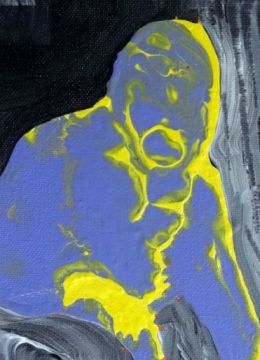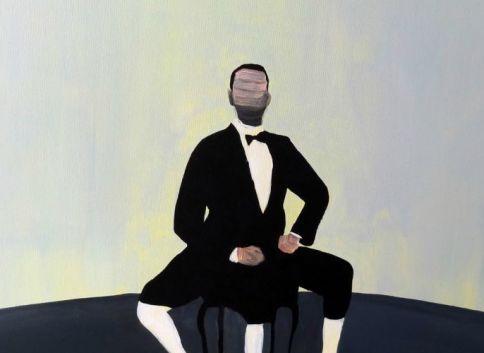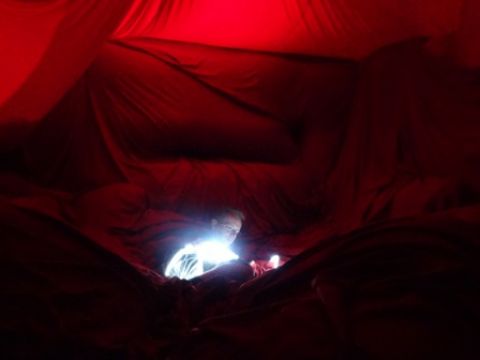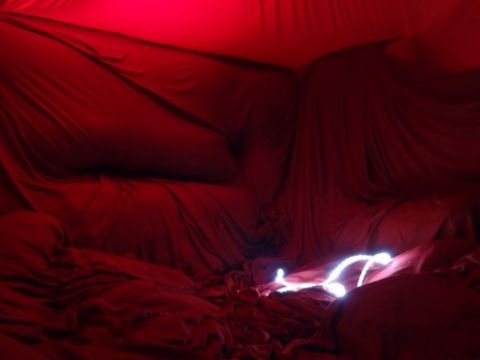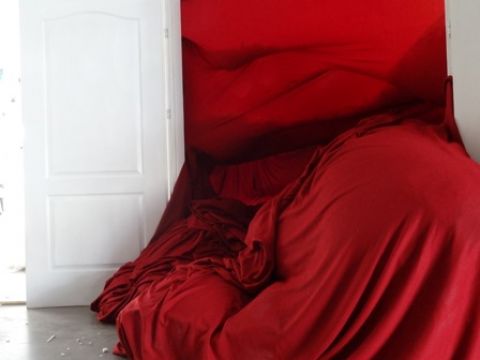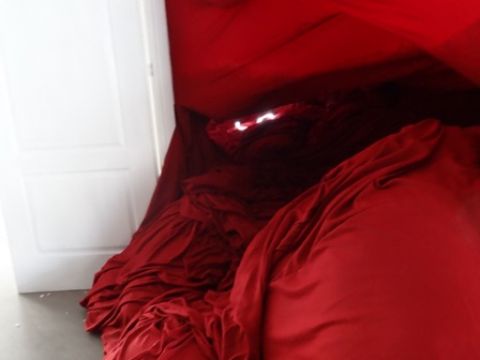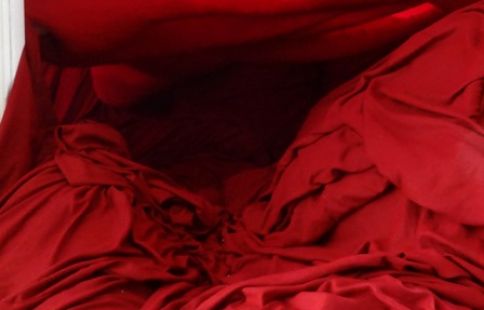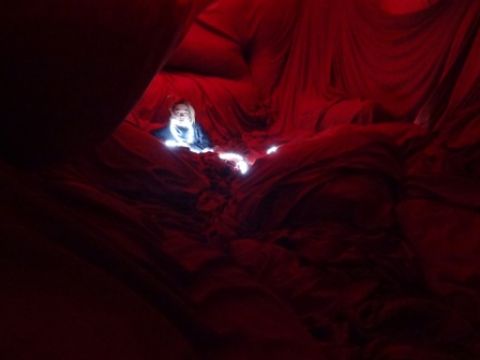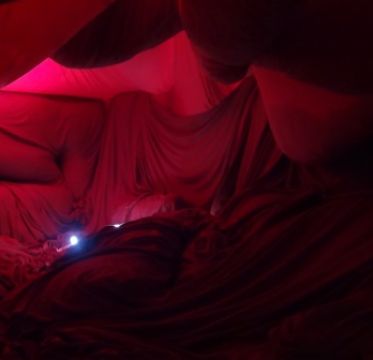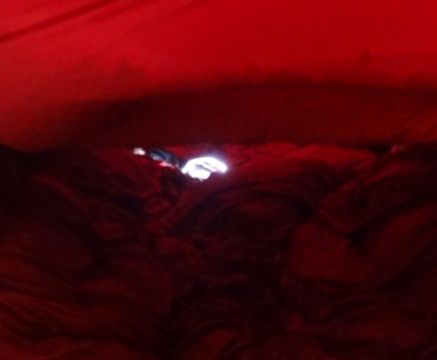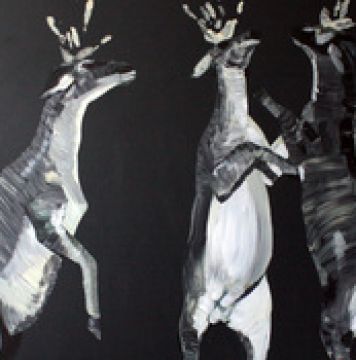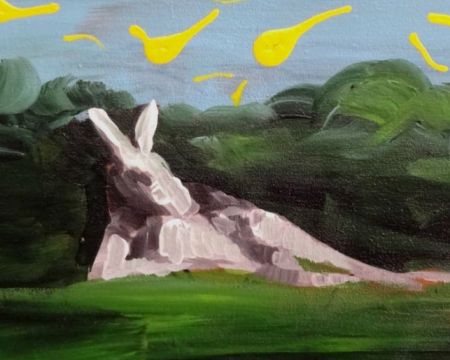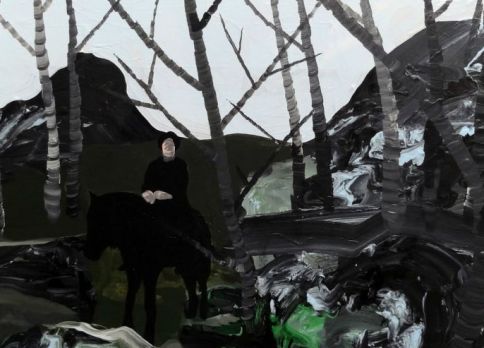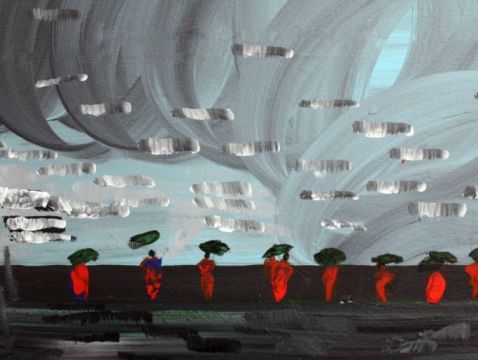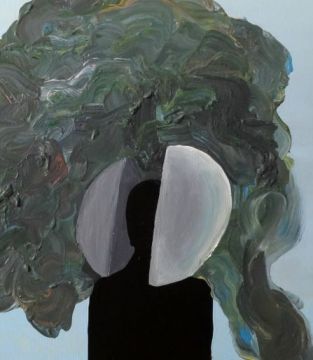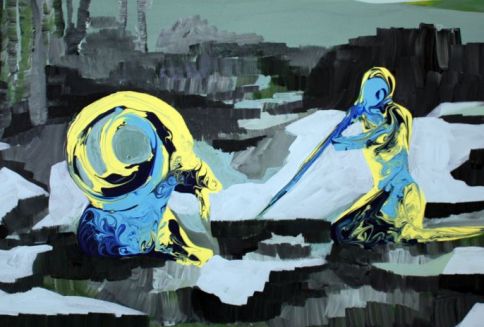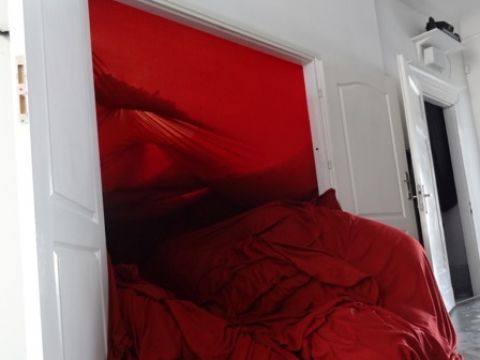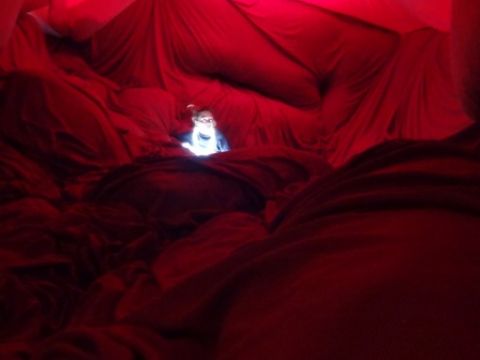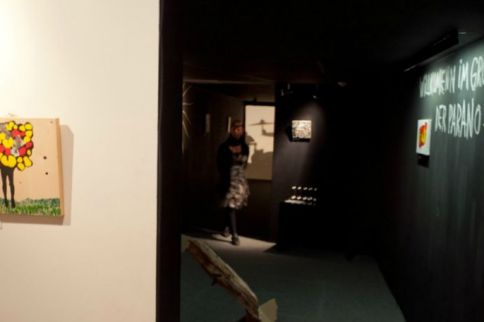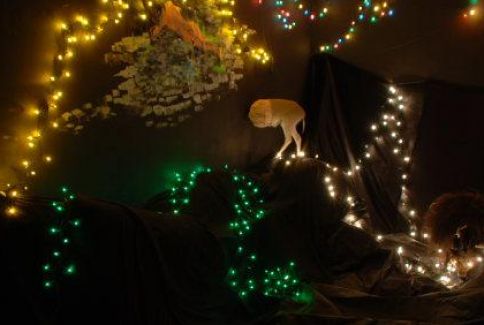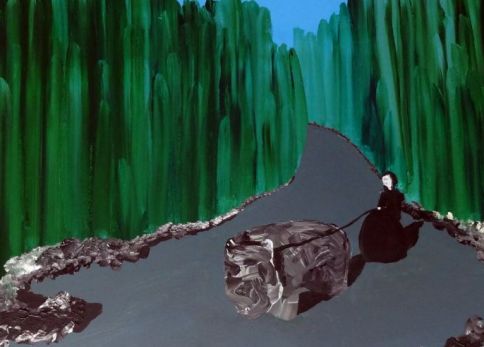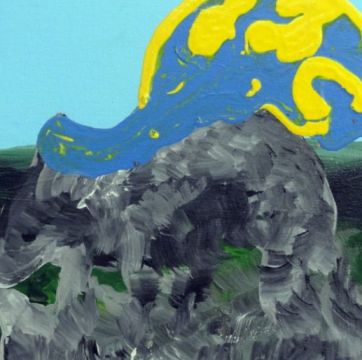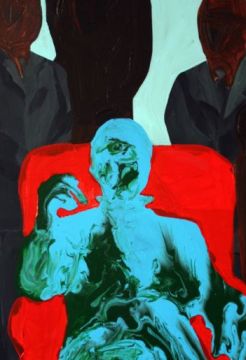Natalia Bażowska
2007-2012 Academy of Fine Arts in Katowice, studio: Andrzej Tobis
Diploma with honours, exhibition at CWS Kronika in Bytom
2010 Doctoral Thesis “Assessment of emotions caused by visual means in persons suffering from depression”
2006-2010 Doctoral studies, Medical University of Silesia, Faculty and Clinic of Psychiatry, research on the influence of visual stimuli
1999-2005 Medical University of Silesia
In her paintings, installations and objects, Natalia Bażowska explores psychological relationships occurring among the animate elements of nature. In the world created this way, the representations of man, animals and plants are equally important, and the artist stresses their mutual dependencies. It seems that she has unequivocally rejected anthropocentrism in favour of a fascination with the mysterious laws of nature. She is now dedicated to observation and analysis, in which she uses both conclusions resulting from sensual perception and mental processes.
In her paintings, she reveals the substantive nature of elements of reality. People, animals and plants turn into abstract magma. Losing cultural identity, they co-create a disturbing but fascinating and attractive chasm (e.g. “Encounter”, 2011, “Dialogue II”, 2011). The stigma of civilization is still apparent, however. The artist’s works display an intelligent play with the history of art and references to old iconographic motifs. The work entitled “Control” seems to refer to the composition of Rembrandt’s “Anatomy Lesson of Dr Tulp”, whereas “Stags” – to the arrangement of the ancient Three Graces, etc. Gathering knowledge through the empirical analysis of reality and critical approach to tradition, Natalia Bażowska experiments in search of new qualities of the represented world. One of the artist’s recent works – “Milk Teeth” from 2013 – are objects resembling wild animals, made from bone and skin fragments. The bizarre, fantastic mastodons reveal the artist’s intention to interfere with the structure of nature. I see a development of the observed concepts in her installations and works which transgress the frame of a two-dimensional picture. It is most probably in them that the artist discovers possibilities of expression to the fullest, showing her intriguing and unorthodox imagination. The monumental “Birth Support”, an installation presented in 2012, especially sticks in your mind. The work was inspired by the anatomy of the human placenta. It is a hollow cavity padded with red cloth, in which you can immerse yourself, touching the soft, permanent substances to experience a blissful, safe, detached state. Her film “Deep Immersion” also evokes the need to search a similar experience of security and freedom from external threat.
The artist’s near-shamanic attitude seems to derive less from the observation and attempted comprehension of the surroundings than rather from her medical knowledge and additional qualifications. Apart from graduating in painting from the Academy of Fine Arts in Katowice, she has a PhD in psychiatry at the Medical University of Silesia, and the title of her 2010 doctoral dissertation was “Assessment of emotions caused by visual means in persons suffering from depression”.
Krzysztof Siatka
Natalia Bażowska is a mature artist, even though she defended her art diploma only a year ago (in Artur Tobis’ studio, in 2012) – in the meantime, she has been awarded numerous prizes, including the Hestia Artistic Journey Award, First Prize at the “Fresh Blood” Review of New Art and the Collectors’ Prize in the “New Picture/New Look” competition.
What is so intriguing in Bażowska’s painting? The artist is interested in the human being, not in the context of external form but rather analysing our internal, emotional states. Bażowska treats the human figure in a sketchy way, as a sign. It gives an impression of a certain clumsiness, or naivety, present in her painting. At the same time, the sign becomes a dwelling place of abstract painting forms, continuous and mixed colour blots, sometimes resembling the decorative effect of Baroque marbleisation, which fill up the contour of the human silhouette, part of the body, or pour out to cover the whole surface of the painting. We also see clearly accentuated brushstrokes, building the particular forms, both the silhouettes and elements of the background. Thanks to that, the pictures become coherent. And this is where we reach the second dimension of her painting – integrity of the canvas. The expressiveness of forms causes the temptation to depart from the picture and engage in psychological or psychoanalytical reflection. The painting coherence, based on the recurring track of the paintbrush in different parts of the picture and harmonious colour arrangements, tends to inhibit this move, forcing us to return to the surface of the painting. To keep confronting what we think about the picture with what we see.
Her artistic interests are supported by scientific research – Bażowska took a doctoral course in psychiatry. It is not just a curious biographical fact, but rather confirmation of her interest in various psychological states of the human being, whose painting equivalents she keeps looking for.
Piotr Bernatowicz








